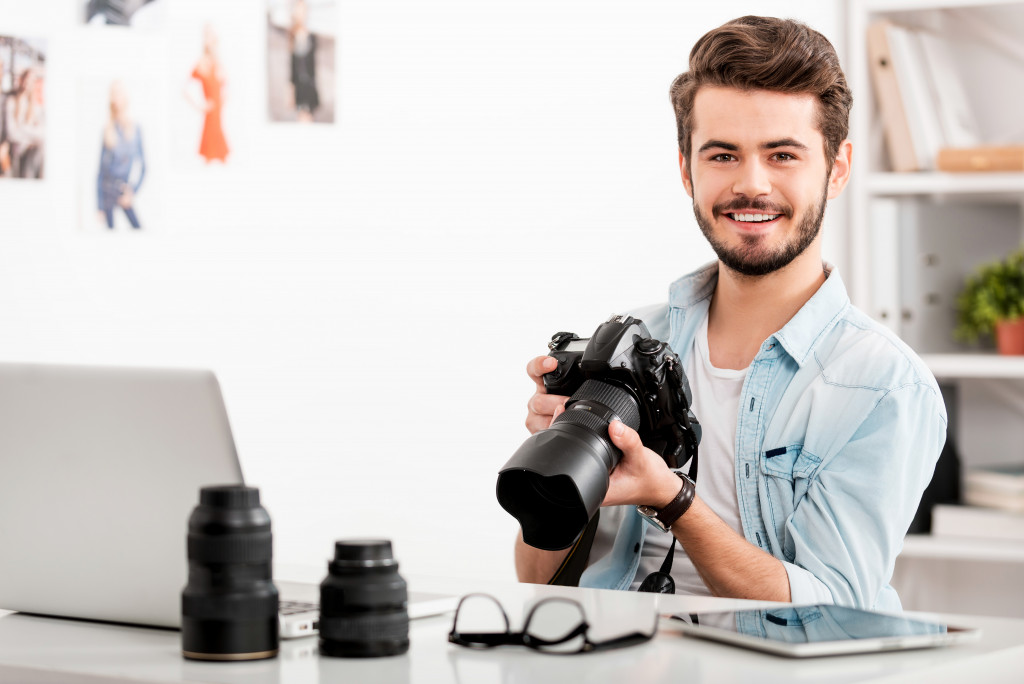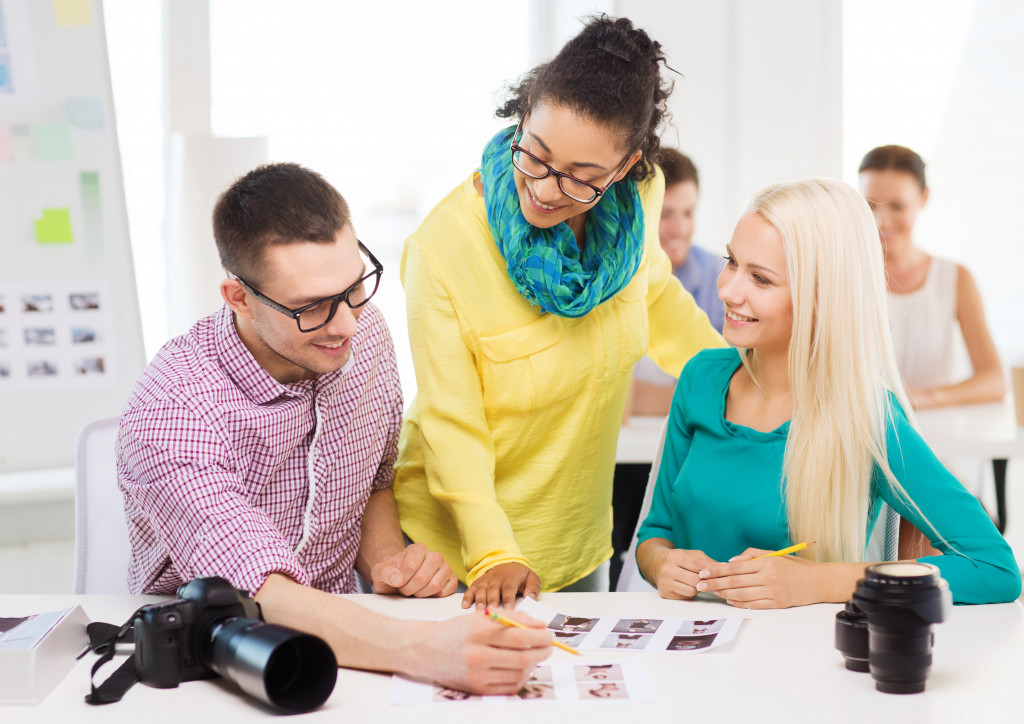- Product photography has undergone a significant transformation in the digital age.
- Automation is a growing trend in product photography, with tools like motorized rotary turntables allowing for more dynamic and engaging product shots.
- Advanced lighting techniques, such as LED panels, offer consistency and versatility in creating visually appealing product images.
- Technology plays a crucial role in reshaping how products are presented and perceived, with AR and AI offering immersive experiences for consumers.
- Staying ahead of the curve in product photography requires continuous learning and adaptation to emerging technologies.
In the ever-evolving world of digital commerce, product photography has firmly established its significance. From the days of static shots against plain backgrounds to the dynamic, interactive visuals of today, the journey of product photography is nothing short of remarkable.
As businesses strive to capture the attention of an increasingly discerning audience, understanding and leveraging the latest tools and techniques in product photography becomes paramount.
The Rise of Automation in Product Photography
The digital age has ushered in a wave of automation, and product photography hasn’t been left behind. One of the most notable advancements in this realm is the integration of automated tools that allow for more dynamic and engaging product shots.
Motorized Rotary Turntable: Revolutionizing Product Shots
Enter the motorized rotary turntable—a game-changer in product photography. This ingenious device allows photographers to capture products from every angle, providing a seamless 360-degree view.
Imagine an online shopper being able to view a product from all sides, just as they would in a physical store. The motorized rotary turntable makes this possible, enhancing the user experience and offering a richer visual representation of products. Especially for e-commerce platforms, where the tactile element of shopping is absent, such interactive showcases can bridge the gap between the virtual and the real.
Advanced Lighting Techniques
Lighting has always been a cornerstone of photography. But with technological advancements, traditional lighting setups are making way for more intelligent, more adjustable LED panels. These not only offer a broader spectrum of light temperatures but also ensure consistent lighting conditions.
Consistency is key in product photography, as it ensures that the product is represented accurately, devoid of misleading shadows or highlights. With these advanced lighting techniques, photographers can recreate any desired ambiance, making products look their best.
Embracing Technology for Enhanced Visuals

In product photography, technology isn’t just an add-on; it’s a driving force reshaping how products are presented and perceived. From augmented Reality to artificial intelligence, the tools at our disposal push the boundaries of what’s possible.
Augmented Reality (AR) in Product Photography
Augmented Reality, commonly known as AR, is no longer just a buzzword. It’s actively transforming the way consumers interact with product images. By overlaying digital information on real-world visuals, AR allows potential buyers to virtually “try on” products or see them in their own space before purchasing.
For instance, imagine seeing how a pair of shoes look on you or how a sofa fits in your living room without ever leaving your home. This immersive shopping experience not only captivates consumers but also reduces the uncertainty often accompanying online purchases.
The Role of AI in Image Processing
Artificial Intelligence (AI) is another technological marvel making waves in product photography. While the actual shooting process remains an art, post-production is where AI truly shines. With capabilities like predictive editing, AI can suggest enhancements to make a product image pop.
Furthermore, tasks like background removal, which once took hours of meticulous editing, can now be accomplished in mere minutes with AI’s precision. This not only speeds up the workflow for photographers but also ensures a consistent and high-quality output.
Keeping Up with the Ever-Changing Landscape

As product photography continues to evolve rapidly, staying ahead of the curve is crucial for businesses and photographers alike. Embracing automation, AR, AI, and other emerging technologies can give an edge in a competitive market.
But it’s also essential to continuously educate oneself on these advancements and adapt to changing trends. With the right tools and knowledge, one can indeed explore the transformative world of product photography and create captivating visuals that stand out.
The Future of Product Photography
The future of product photography is bright, with advancements in technology and tools constantly pushing the boundaries of what’s possible. As AI and AR evolve, we can expect even more interactive and immersive experiences for consumers.
The Bottomline
As we gaze into the future of product photography, it’s evident that the fusion of art and technology will continue to redefine the landscape. For brands and photographers alike, adapting to these changes isn’t just about staying relevant; it’s about pioneering new ways to showcase products and captivate audiences. As tools and techniques evolve, so should our approach, always striving for that perfect shot that tells a product’s story most compellingly.

